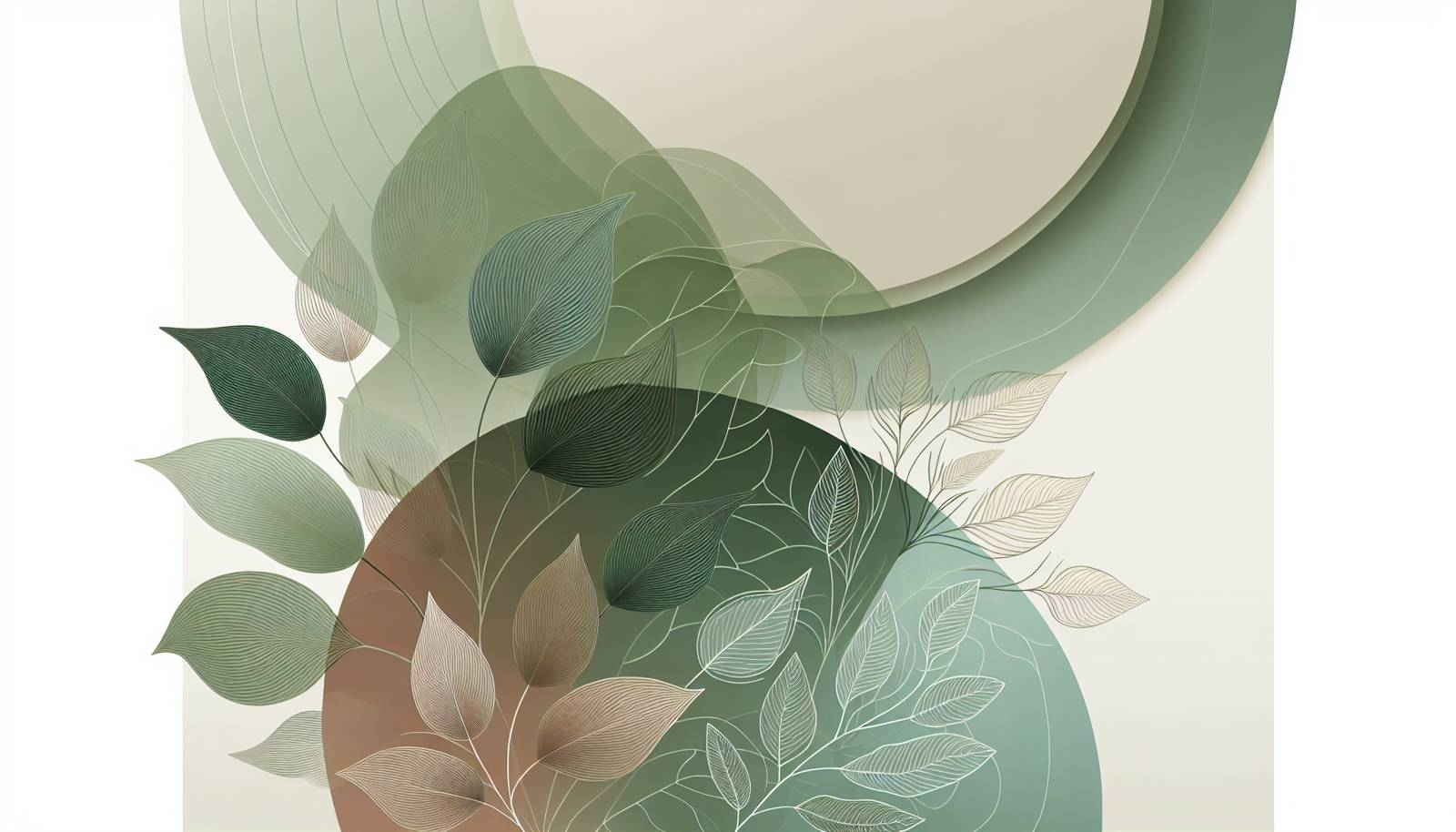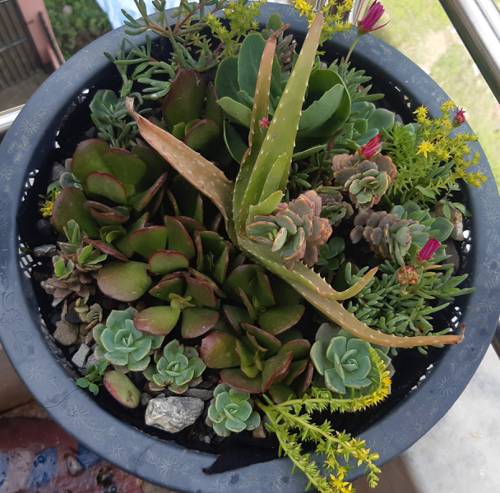
FAQ About Indoor Plant Microclimates

What is an indoor plant microclimate?
An indoor plant microclimate refers to the specific environmental conditions found in a small area or space within your home. This includes factors such as light, humidity, temperature, and airflow, which can significantly affect the growth and health of indoor plants. Creating microclimates allows different plants with varying needs to thrive by replicating their natural growing conditions.

How can I create a humid microclimate for my tropical plants indoors?
To create a humid microclimate for tropical plants indoors, you can use a humidifier to increase air moisture. Additionally, placing plants on a pebble tray with water can help. Grouping plants together also conserves humidity, as does regularly misting the leaves. Positioning the plants in naturally humid areas like kitchens or bathrooms can also be effective.

Which factors are most important in establishing an indoor plant microclimate?
The most critical factors in establishing an indoor plant microclimate are light, humidity, temperature, and airflow. Each of these elements can dramatically impact plant health and growth. Controlling these conditions to suit the specific needs of your indoor plants ensures optimal growth and development.

Can all indoor plants benefit from microclimates?
Yes, all indoor plants can benefit from tailored microclimates. While some plants are more adaptable to varied conditions, others require specific environments to thrive. By adjusting the microclimate to suit each plant's needs, you can promote healthier growth and improve resilience to pests and diseases.

How does lighting affect indoor plant microclimates?
Lighting is a crucial component of plant microclimates. Different plants have varying light requirements ranging from low-light to full sunlight. The direction and duration of light exposure can create specific microclimates. Utilizing artificial lights like grow lights can help provide the required light spectrum for plants in areas lacking natural sunlight.

What are some examples of microclimates suitable for succulents indoors?
Succulents prefer dry, warm conditions with plenty of light. To create a suitable microclimate indoors, place succulents near south or west-facing windows where they can receive direct sunlight. Ensure good airflow and avoid excessive humidity to replicate their natural arid habitats.

How do temperature variations impact indoor plant growth?
Temperature variations can significantly impact plant physiology, affecting processes like photosynthesis and respiration. Some plants prefer cooler temperatures while others thrive in warmth. Ensuring stable temperatures that match plant species preferences is essential, as dramatic fluctuations can stress plants and inhibit growth.

Why is airflow important in an indoor plant microclimate?
Airflow is important as it helps to prevent stagnant air, which can lead to mold growth and pest infestations. Good airflow ensures even distribution of temperature and humidity. It also strengthens plant stems and facilitates gas exchange, crucial for healthy plant development.

Can microclimates help in pest prevention for indoor plants?
Yes, creating appropriate microclimates can help in pest prevention. Healthy plants are less susceptible to pests, and by providing optimal conditions, you can strengthen plants' natural defenses. Additionally, specific microclimates can deter certain pests. For example, maintaining good airflow and lower humidity can help prevent fungal gnats.

What are some common signs that a plant is in an unsuitable microclimate?
Common signs that a plant is in an unsuitable microclimate include yellowing leaves, wilting, stunted growth, leaf drop, and increased susceptibility to pests and diseases. Monitoring plants for these symptoms can help you adjust the microclimate to better meet their needs.

How can I manage microclimates for plants with different needs in the same room?
To manage microclimates in the same room, group plants with similar requirements together. Use tools like grow lights and humidifiers, partitioning areas with curtains or screens to create distinct zones. Adjust heating elements or fans to maintain varied temperatures and airflow where needed. This allows you to tailor conditions without using separate rooms.

Can I create a microclimate for my plants using terrariums?
Yes, terrariums are excellent for creating microclimates, particularly for humidity-loving plants. A closed terrarium traps moisture and heat, creating a warm, humid environment, ideal for tropical plants. Open terrariums can be used for succulents and cacti, offering controlled airflow and moisture levels.

What indoor plants benefit most from controlled microclimates?
Plants that benefit most from controlled microclimates include those with specific environmental needs, such as orchids, ferns, tropical houseplants, succulents, and cacti. These plants often require particular humidity, light, and temperature conditions that may not naturally occur in all homes.

How can I increase light exposure for plants in low-light apartments?
To increase light exposure in low-light apartments, use artificial lighting such as LED grow lights that provide the full spectrum of light required by plants. Position plants near windows and use reflective surfaces to maximize available light. Regularly rotate plants to ensure even light distribution.

Can seasonal changes affect indoor plant microclimates?
Yes, seasonal changes can significantly affect indoor plant microclimates due to variations in natural light, temperature fluctuations, and changes in home heating. During winter, for instance, you may need to increase light exposure and heat for certain plants or adjust humidity levels as heating systems can dry out the air.

How do I measure humidity levels for my indoor plants?
You can measure humidity levels using a hygrometer, a device that provides accurate indoor humidity readings. These devices are inexpensive and widely available. Monitoring humidity levels helps ensure you maintain the appropriate environment for your plants, particularly those sensitive to moisture changes.

What are some effective methods to improve air circulation for indoor plants?
Improving air circulation can be achieved through the use of fans, which can help distribute air evenly and prevent stagnant conditions. Opening windows when weather permits, using exhaust fans, and arranging plants with sufficient space between them are also effective strategies for enhancing airflow.

How important is regular monitoring of microclimate conditions?
Regular monitoring of microclimate conditions is crucial to ensure that your plants are thriving in suitable environments. Keeping track of temperature, humidity, light levels, and airflow helps detect issues early and allows for timely adjustments, promoting healthy plant growth and minimizing stress factors.

Can I use technology to automate microclimate management for my indoor plants?
Yes, technology offers various solutions for automating microclimate management, including smart sensors, automated grow lights, humidifiers, and climate control systems. These tools can be programmed to adjust conditions based on real-time data, providing a consistent environment tailored to plant needs.
